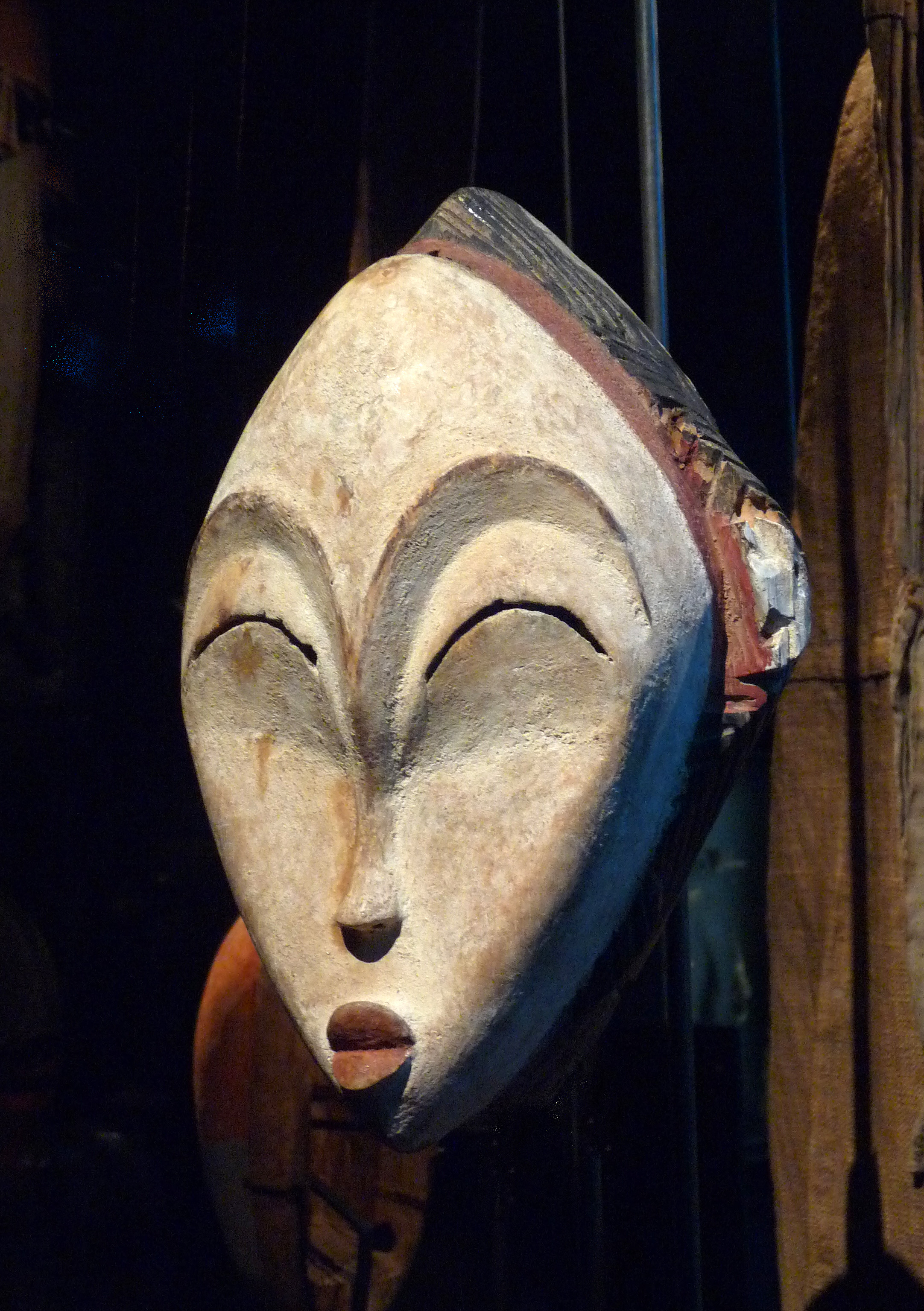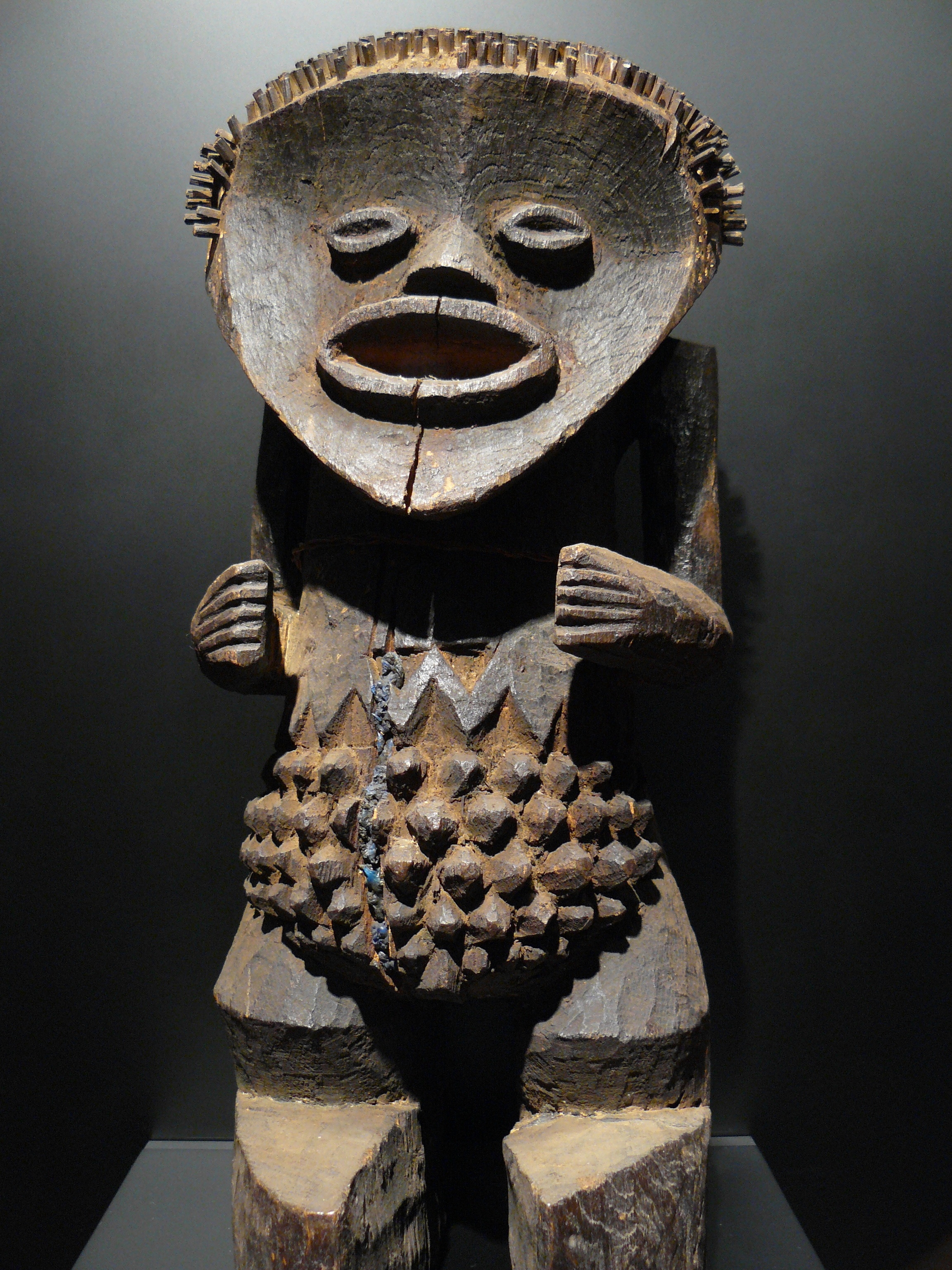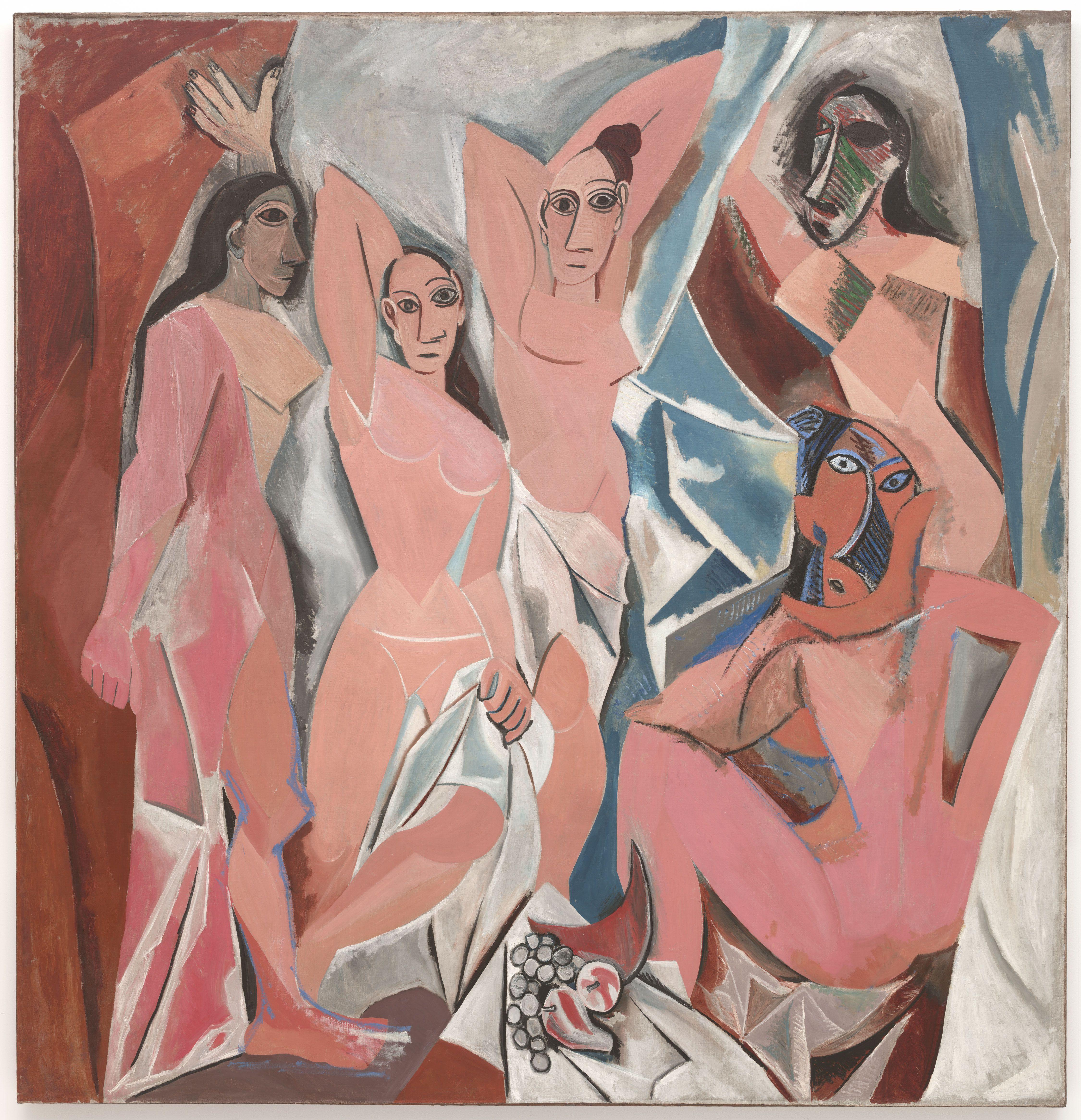- National and Regional Art
- Genres
- Revivals
- Artists Crafts
- Artists
Art historians tried to classify Medieval Art into major periods and styles but often they had some difficulties. A generally accepted scheme included:
- Christian Art
- Migration Period Art
- Byzantine Art
- Insular Art
- Pre-Romaneseque Art
- Romaneseque Art
- Gothic Art
as well as many other different periods within these styles. Medieval Art has been produced in any mediaand most of the work remained in large numbers includes
- Sculpture
- Illuminated Manuscripts
- Stained Glass
- Metalwork
- Mosaics
At the start of the Medieval Art periods most significant works were very rare and very expensive associated with secular elites monasteries or churches, they were normally produces by monks.
Some examples of Medieval Art work.






